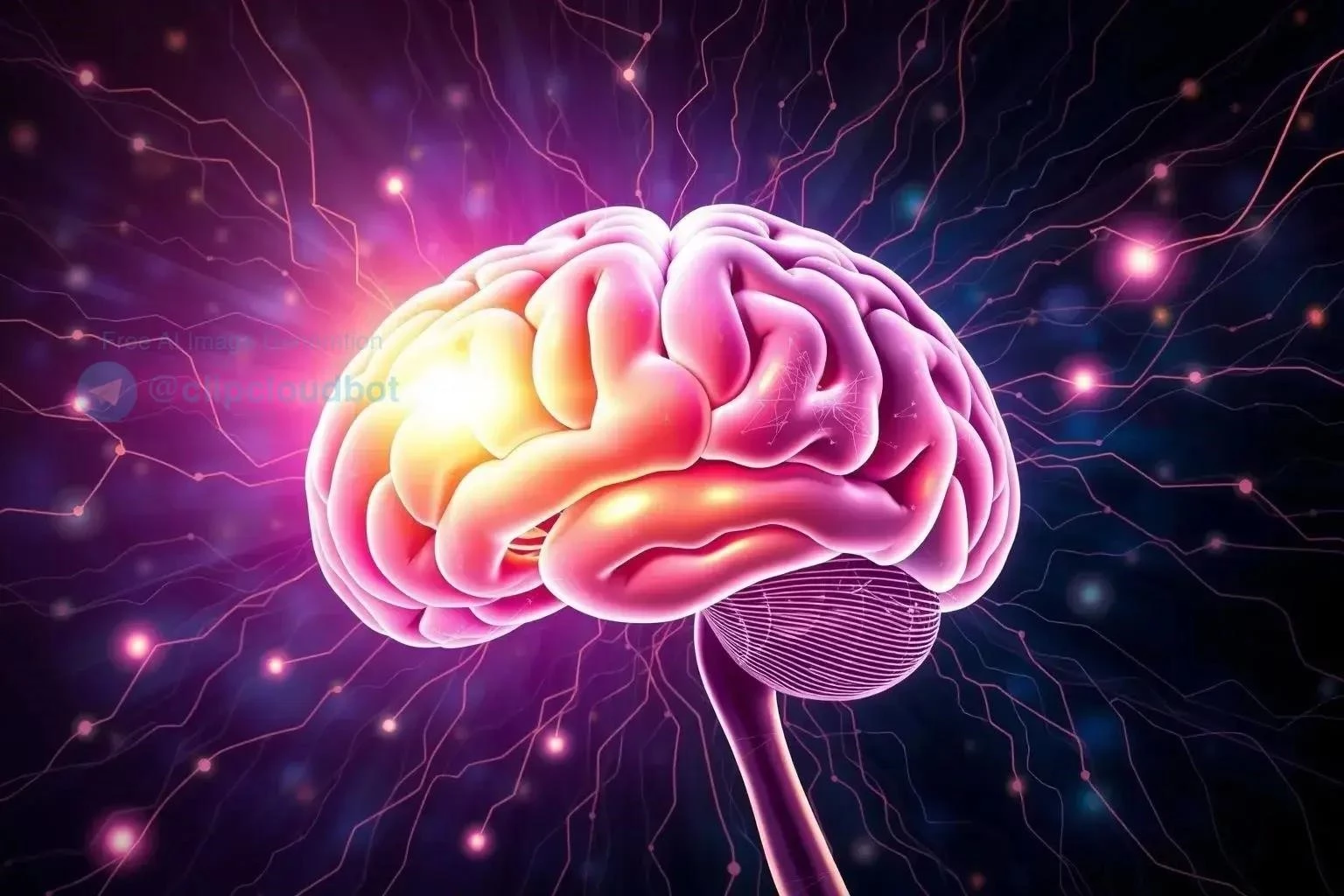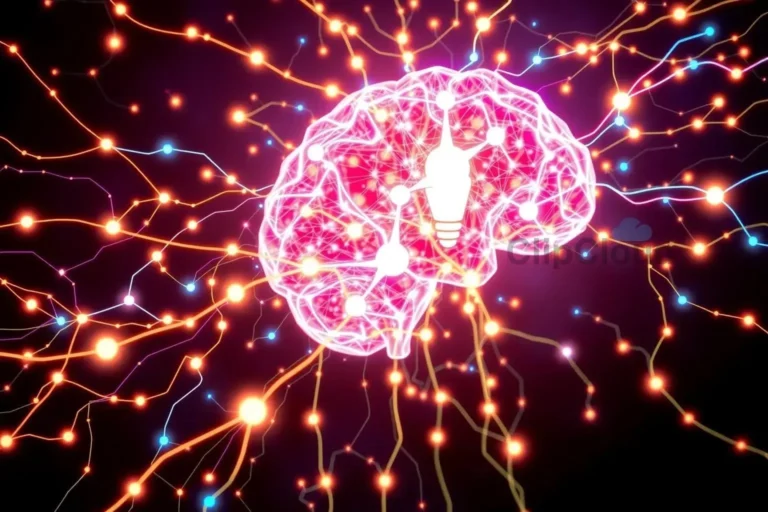Neurofeedback and Brainwave Entrainment for Enhanced Mental States
Harnessing the power of your mind is now possible through advanced techniques like neurofeedback and brainwave entrainment. These methods offer pathways to optimize brain function, potentially leading to improved focus, enhanced creativity, and a greater sense of calm. Explore the potential of these cutting-edge technologies to unlock your mental potential and achieve peak performance.
Benefits of Neurofeedback
Neurofeedback, a type of biofeedback, offers a powerful approach to enhancing brain function and addressing various neurological and psychological concerns. By providing real-time feedback on brainwave activity, neurofeedback empowers individuals to consciously regulate their brain patterns and optimize their mental states. This non-invasive technique has shown promise in managing conditions like ADHD, anxiety, depression, and insomnia, as well as improving cognitive performance in healthy individuals.
One of the key benefits of neurofeedback lies in its ability to promote self-regulation of brainwave activity. Through visual or auditory cues, individuals gain insights into their brain’s functioning and learn to consciously control specific brainwave frequencies associated with different mental states. For example, increasing alpha wave activity can promote relaxation and reduce anxiety, while enhancing beta waves can improve focus and attention. This learned control can lead to long-lasting changes in brain function, even after the neurofeedback sessions are completed.
Furthermore, neurofeedback can improve emotional regulation and reduce impulsive behaviors. By training individuals to modulate their brainwave patterns, neurofeedback helps them develop greater control over their emotional responses and reduce reactivity to stressors. This can be particularly beneficial for individuals struggling with anxiety, anger management, or emotional instability.
Neurofeedback has also shown promise in enhancing cognitive functions such as attention, memory, and processing speed. By optimizing brainwave activity in key areas associated with cognitive performance, neurofeedback can help individuals achieve greater mental clarity, improve focus, and enhance their overall cognitive abilities. This can be valuable for students, professionals, and anyone seeking to improve their mental sharpness and productivity.
Beyond its therapeutic applications, neurofeedback can also be used as a tool for personal growth and peak performance training. Athletes, musicians, and other high-performing individuals have utilized neurofeedback to enhance their focus, concentration, and mental resilience under pressure. By optimizing brain function, neurofeedback can help individuals unlock their full potential and achieve optimal performance in their chosen fields.
Exploring Brainwave Entrainment Techniques: Alpha and Theta Waves
Brainwave entrainment is a non-invasive method for influencing brainwave frequencies using rhythmic auditory or visual stimuli. By exposing the brain to specific patterns of sound or light, brainwave entrainment encourages the brain to synchronize its own electrical activity to the frequency of the external stimulus. This synchronization can induce different brainwave states associated with various mental and emotional states, such as relaxation, focus, or enhanced creativity.
Alpha waves, typically ranging from 8 to 12 Hz, are associated with a relaxed yet alert state of mind. They are often present during meditation, light relaxation, and states of creative flow. Alpha wave entrainment can be achieved through various techniques, including listening to specific types of music, binaural beats, or using light and sound devices. Encouraging alpha activity can promote a sense of calm, reduce stress and anxiety, and enhance creativity.
Theta waves, ranging from 4 to 7 Hz, are associated with deep relaxation, meditation, and REM sleep. They are often linked to enhanced creativity, intuition, and access to the subconscious mind. Theta wave entrainment can facilitate deep meditative states, promote profound relaxation, and potentially enhance problem-solving abilities and creative insights. Techniques for inducing theta waves include specialized audio recordings, binaural beats, and guided meditation practices.
While both alpha and theta wave entrainment can be beneficial, their effects differ subtly. Alpha waves are generally associated with a more alert and focused state of relaxation, while theta waves promote a deeper state of relaxation and introspection. Choosing the appropriate entrainment frequency depends on the desired outcome, whether it be stress reduction, enhanced creativity, or deep meditation.
Brainwave entrainment is a rapidly evolving field with ongoing research exploring its potential applications for various conditions, including anxiety, insomnia, and pain management. It is important to note that while brainwave entrainment is generally considered safe, individuals with epilepsy or other neurological conditions should consult with a healthcare professional before using these techniques. As research continues to unfold, brainwave entrainment holds promise as a valuable tool for optimizing brain function and enhancing overall well-being.
Achieving Calm Focus and Mental Clarity with Brain Stimulation
Brain stimulation techniques offer exciting possibilities for enhancing cognitive function, promoting relaxation, and achieving a state of calm focus. These methods involve non-invasively modulating brain activity to optimize mental performance and well-being. Several brain stimulation techniques are gaining recognition for their potential benefits, including transcranial direct current stimulation (tDCS) and transcranial magnetic stimulation (TMS).
tDCS involves applying a weak electrical current to specific areas of the scalp to modulate neuronal excitability. Research suggests that tDCS can enhance cognitive functions such as attention, working memory, and learning. By targeting specific brain regions, tDCS can potentially improve focus, boost mental clarity, and enhance overall cognitive performance. Furthermore, tDCS has shown promise in reducing symptoms of anxiety and depression.
TMS, a more established technique, utilizes magnetic pulses to stimulate nerve cells in the brain. TMS has been approved by the FDA for treating depression and is being investigated for its potential benefits in other neurological and psychiatric conditions. Research suggests that TMS can also enhance cognitive functions, including memory and executive function, contributing to improved mental clarity and focus.
While both tDCS and TMS hold significant promise, it’s essential to understand that these techniques are still under investigation, and further research is needed to fully elucidate their long-term effects and optimal applications. As research progresses, brain stimulation techniques may become increasingly personalized, targeting specific brain regions and frequencies to achieve desired cognitive and emotional outcomes.
Beyond tDCS and TMS, other emerging brain stimulation methods are being explored, such as transcranial alternating current stimulation (tACS) and pulsed electromagnetic field therapy (PEMF). tACS involves applying alternating currents to the scalp to entrain brainwave activity, potentially influencing various mental states. PEMF utilizes pulsed electromagnetic fields to stimulate cellular activity and potentially promote healing and enhance cognitive function. These evolving technologies hold promise for further refining our ability to optimize brain function and achieve peak mental performance.
The Future of Mental Clarity Tech: Innovations and Applications
The field of mental clarity technology is rapidly evolving, with exciting innovations promising to revolutionize how we enhance cognitive function and achieve optimal mental states. Emerging technologies are pushing the boundaries of brain-computer interfaces, personalized brain training, and non-invasive brain stimulation, offering unprecedented opportunities to unlock human potential.
Closed-loop neurofeedback systems represent a significant advancement in personalized brain training. These systems utilize real-time monitoring of brain activity to tailor neurofeedback protocols to individual needs. By dynamically adjusting the feedback based on the user’s brainwave patterns, closed-loop systems can optimize training efficacy and accelerate progress towards desired mental states, such as enhanced focus, reduced anxiety, or improved emotional regulation.
Artificial intelligence (AI) is playing an increasingly important role in mental clarity technology. AI algorithms can analyze vast amounts of brainwave data to identify patterns and personalize interventions. AI-powered neurofeedback systems can automatically adjust training protocols based on individual responses, optimizing outcomes and accelerating progress. Furthermore, AI can be used to develop predictive models for mental health conditions, enabling early interventions and personalized treatment strategies.
Virtual and augmented reality (VR/AR) technologies are also being integrated into mental clarity applications. VR/AR can create immersive environments for neurofeedback training, enhancing engagement and motivation. These technologies can also be used to deliver personalized relaxation and mindfulness exercises, promoting stress reduction and emotional well-being. The integration of VR/AR with brain-computer interfaces opens up exciting possibilities for interactive and personalized mental training experiences.
As mental clarity technology continues to advance, we can anticipate increasingly sophisticated and personalized tools for optimizing brain function. These innovations hold tremendous potential for enhancing cognitive performance, promoting mental well-being, and empowering individuals to achieve peak mental states. From personalized neurofeedback systems to AI-powered brain training and immersive VR/AR experiences, the future of mental clarity tech promises to unlock new frontiers in human potential and transform how we approach mental health and cognitive enhancement.






